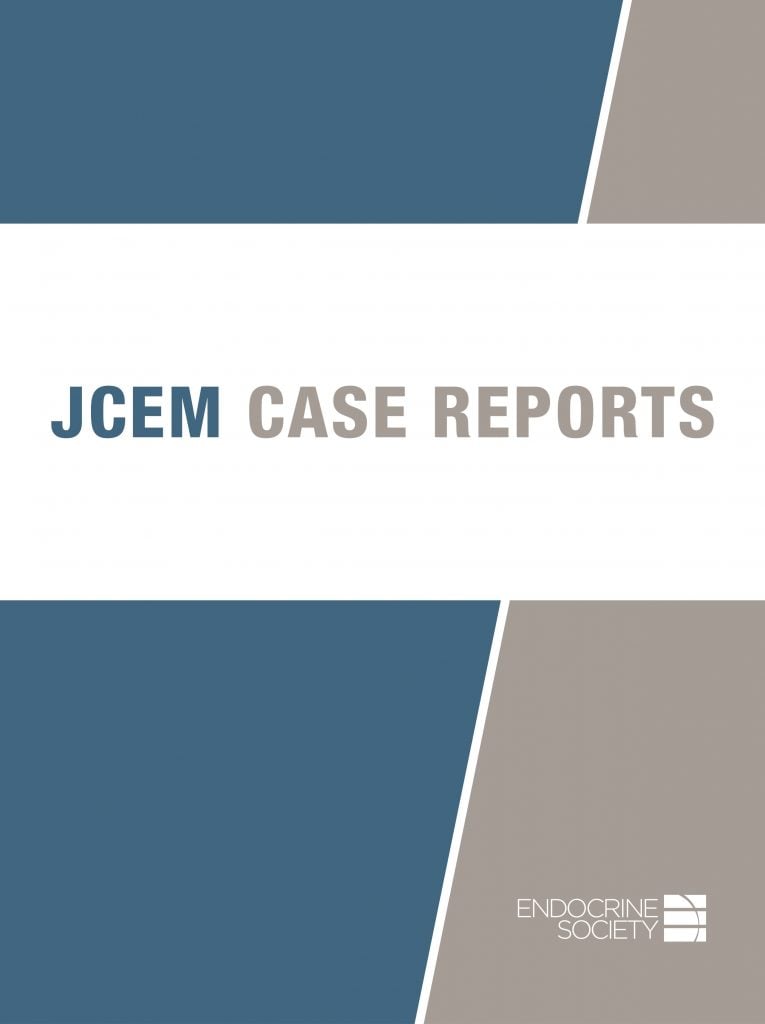“Bilateral Adrenal Leiomyomas in a Pediatric Patient,” a recently published case in JCEM Case Reports describes a highly unusual diagnosis in an 11-year-old boy: bilateral adrenal leiomyomas. These benign smooth muscle tumors are rare in any age group and typically occur unilaterally. The pediatric presentation, particularly affecting both adrenal glands, adds to the clinical rarity and posed significant diagnostic and management challenges.

Adrenal leiomyomas arise from smooth muscle cells, often originating from the walls of adrenal blood vessels. Fewer than 30 cases have been documented in the literature, with bilateral cases largely reported in adults — often in patients with compromised immune systems. Interestingly, the boy in this case had no known immunodeficiency, though he had a persistent episode of molluscum contagiosum, a viral skin infection that may suggest subtle immune system dysfunction.
The adrenal masses were discovered incidentally during abdominal imaging. Both appeared large, heterogeneous, and irregular on CT scans — features that often raise suspicion for malignancy, including adrenal cortical carcinoma, pheochromocytoma, or metastases. Despite the worrisome imaging features, the tumors were biochemically inactive. Hormone levels, including cortisol, aldosterone, catecholamines, and androgens, were all within normal limits.
Due to the size of the masses — 11 cm on the left and 6 cm on the right — and their ambiguous appearance, surgical intervention was pursued. An initial attempt at laparoscopic adrenalectomy was abandoned due to poor visualization of surrounding structures. Surgeons then performed an open adrenalectomy via a Chevron incision, which allowed safer tumor removal. The patient recovered well postoperatively.
Histopathological analysis confirmed the diagnosis. The tumors contained spindle-shaped cells, positive for desminand smooth muscle actin (SMA) — markers consistent with smooth muscle origin. Negative staining for S-100andCD34helped rule out neural or vascular tumors. There were no signs of atypia, necrosis, or mitotic activity, supporting a benign etiology.
This rare pediatric presentation of bilateral adrenal leiomyomas adds valuable insight to the field and emphasizes the need for individualized, multidisciplinary care in managing adrenal tumors in children.
“This case contributes to the limited literature on bilateral adrenal leiomyomas, particularly in pediatric patients,” wrote lead author Ricardo Caravantes of Francsico Marroquin University in Guatemala and colleagues. “It reinforces the importance of comprehensive diagnostic imaging, immunological workup, and tailored surgical management to achieve favorable outcomes.”
The case underscores that imaging alone is not sufficient for diagnosing adrenal incidentalomas. The differential diagnosis for adrenal masses includes a wide range of benign, infectious, and malignant conditions. Only histopathological analysis can definitively establish the nature of such lesions.
It also highlights the need for surgical adaptability. While laparoscopic adrenalectomy is preferred for smaller, well-encapsulated tumors, open surgery remains essential in complex cases — especially in pediatric patients, where anatomy and physiological response differ from adults.
Beyond its clinical implications, the authors stress the importance of sharing rare cases, particularly from developing countries where publishing opportunities are limited. “Many of these rare diseases remain poorly understood due to the lack of platforms for dissemination,” said Caravantes in an email interview with Endocrine News.
This rare pediatric presentation of bilateral adrenal leiomyomas adds valuable insight to the field and emphasizes the need for individualized, multidisciplinary care in managing adrenal tumors in children.

